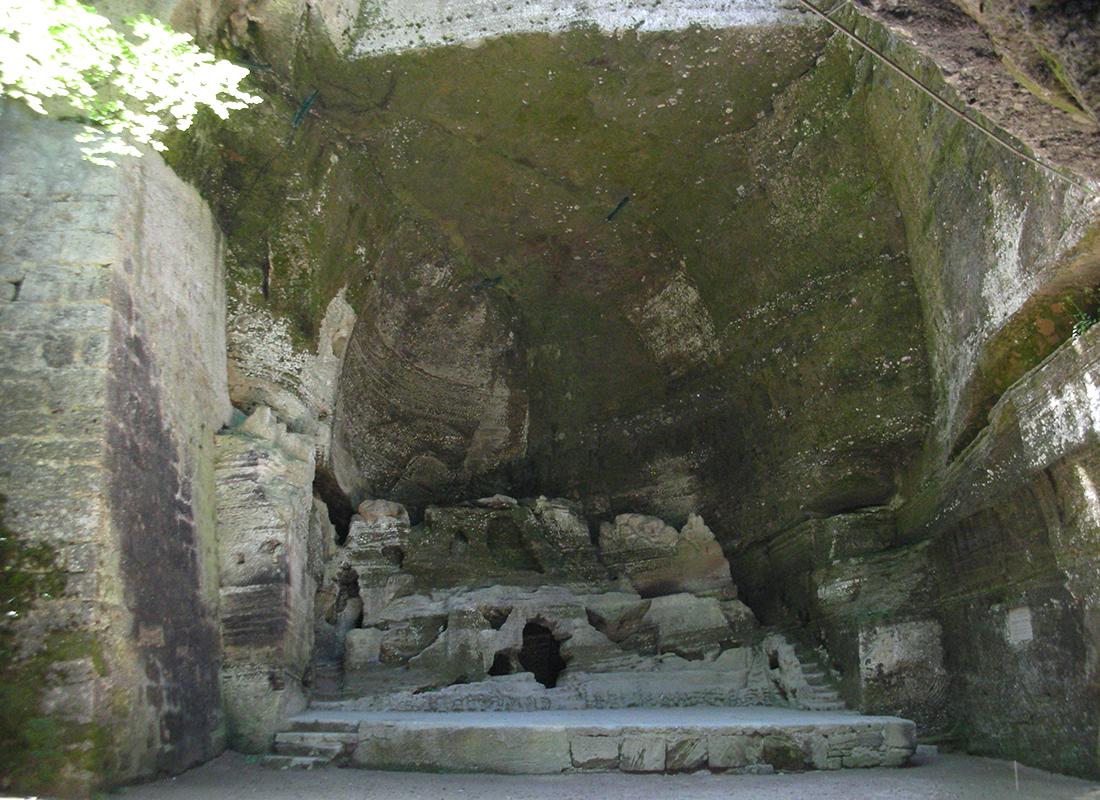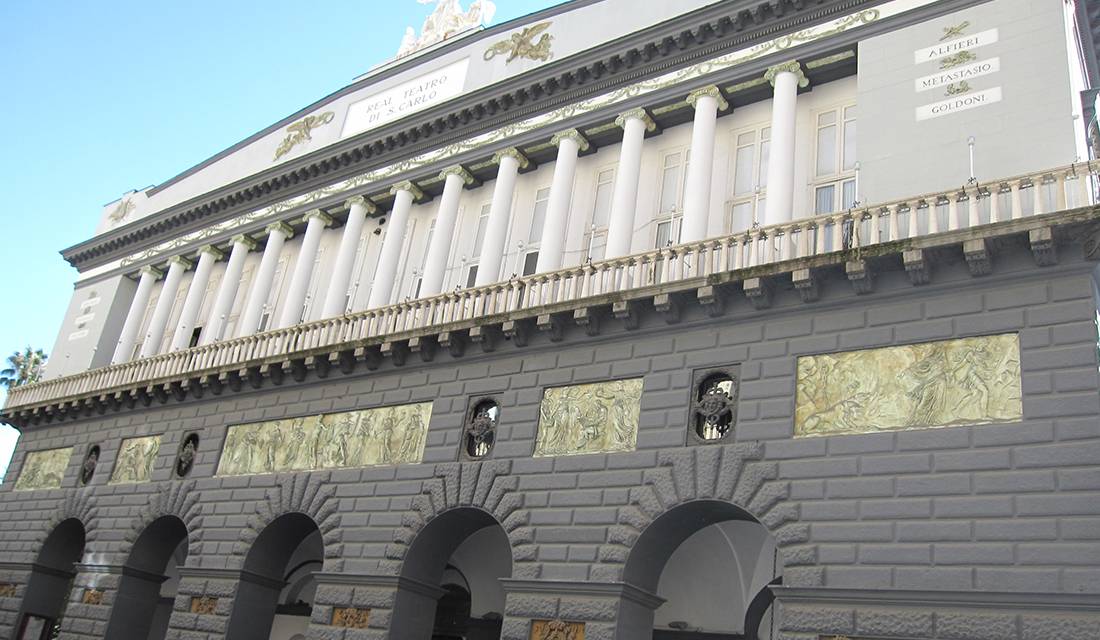Performed in grand, elegant buildings, opera has certainly inspired some of the world’s most beautiful architecture, from the neoclassical splendour of Milan’s La Scala to the iconic modernist Sydney Opera House. But when did the opera house first appear? Italy is the birthplace of opera and so it is fitting that the first ever theatre dedicated to the artform was opened there.
The Teatro San Cassiano was inaugurated in 1637 in Venice. Prior to this, operas were performed in private homes, usually belonging to nobility and royalty. These were lavish productions aimed at impressing visiting dignitaries. They were very much not for ordinary people. This all changed with the opening of San Cassiano. This family-owned theatre was managed by an impresario, who sold tickets to the performances. Opera was now accessible to anyone who could afford the price of a ticket. It did remain the preserve of the wealthy, though – most people didn’t have the means to buy tickets.
The first publicly performed opera was L’Andromeda by composer Francesco Manelli and librettist Benedetto Ferrari. The performance took place the same year the opera house opened, and despite the prohibitive cost, opera’s popularity took off in Venice. By the end of the 17th century another 10 opera houses had opened in the city, while several smaller theatres expanded to accommodate the needs of the artform. Venice firmly established itself as the centre of opera.
Despite its auspicious beginnings, though, San Cassiano had something of a sad end. It was surpassed by Venice’s newer theatres and performances declined. Its last operas took place in 1807 and the building was demolished in 1812, mainly due to recurring fires.
The world’s oldest continuously working opera house is also in Italy. Located in Naples, the Teatro di San Carlo opened in 1737. It was the first theatre to have the now-traditional U-shaped auditorium on which subsequent opera houses were based. The length of the sides determine the theatre’s capacity; around these are tiers of balconies, while nearer the stage are boxes, often including the royal box. San Carlo was built at a cost of 75,000 ducats and including standing room could hold more than 3,000 people.
Naples became the centre for music in Europe and even foreign composers considered the performance of their works at San Carlo as the goal of their career. However, with the unification of Italy in 1861, power and wealth moved north and Naples lost its status to Milan, while San Carlo was sidelined by the Teatro alla Scala. Inaugurated in 1778, La Scala is still considered one of the world’s leading opera houses.

Opera’s popularity was spreading across Europe and as it became a more commercially viable operation more theatres were converted or newly built. In France, the Opéra National de Paris (Paris Opera) was founded in 1669 by Louis XIV; it remains the country’s premier opera company. It first resided in Salle de la Bouteille. This former tennis court was converted into a theatre in 1671 for the Paris Opera; it was eventually demolished. Today, the company is based at the Palais Garnier and the Opera Bastille. The former was opened in 1875, while the latter is a modern theatre that was inaugurated in 1989.
France’s oldest working opera house is the Opéra-Théâtre de Metz Métropole in Metz. This 750-seat theatre was inaugurated in 1752. Germany’s first public opera house, Oper am Gänsemarkt, was established in 1678 and demolished in 1756.
Austria holds perhaps the most fascinating opera house. The Steintheater or Stone Theatre is a former quarry in the parks of Hellbrunn Palace. It served as a semi-natural, open-air theatre from the late 16th century, so it can claim to be Austria’s oldest opera house. Monteverdi’s Orfeo was performed there in 1617 – the first opera performance outside of Italy. Today, the theatre is still sometimes used for outdoor performances during the summer.

Opera as public entertainment came late to the UK. The first English opera is generally said to be the Siege of Rhodes by William Davenant. It was performed in 1656, but the performance took place at the composer’s home, Rutland House in London. Davenant had secured a royal patent to build an opera house in London from Charles I. The Civil War and subsequent closure of theatres meant this never happened and opera remained the preserve of the aristocracy even after the Restoration.
It wasn’t until London’s Queen’s Theatre opened in 1705 with a performance of Gli amori d’Ergasto (The Loves of Ergasto), an opera by Jakob Greber, that the artform went public. This was the first Italian opera performed in London; it failed. The opera house didn’t, though, and a young George Frideric Handel produced his English début, Rinaldo, on 24 February 1711 there. Located on Haymarket in the West End, the venue is still going strong, now named Her Majesty’s Theatre.
The UK’s most famous opera house, and home to the Royal Opera, is Covent Garden’s Royal Opera House. The current theatre – the third to occupy this site – opened in May 1858 with a performance of Meyerbeer’s Les Huguenots and in December of that year, the Royal English Opera took up residence.
More recently there has been a move away from performing operas in opera houses, with everything from pub theatres to London parks providing venues. Somewhat fittingly, in summer, the grounds of grand houses once belonging to noble families often host outdoor productions. But far from being exclusive events meant for visiting dignitaries, these productions encourage families with picnics to attend and enjoy the performances.
Images
From top:
Teatro di San Carlo in Naples is the world’s oldest continuously working opera house. Photo: Armando Mancini (commons.wikimedia.org).
Teatro alla Scala is one of the best-known opera houses in the world. Illustration: G Morazzoni (commons.wikimedia.org).
Austria’s Steintheater, a former stone quarry in the grounds of Hellbrun Palace. Photo: Simonowitz (commons.wikimedia.org).

